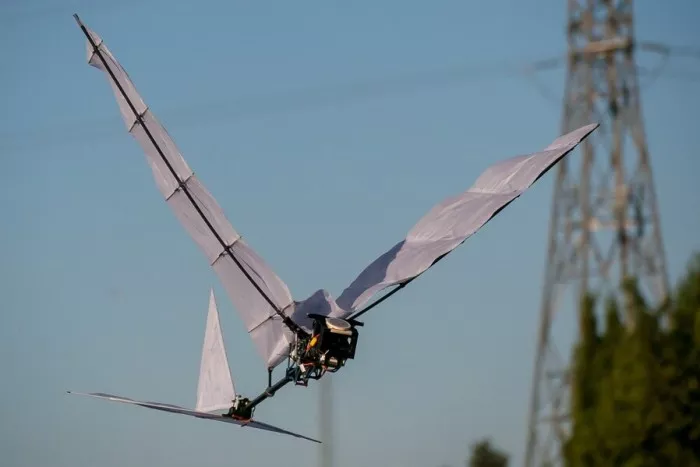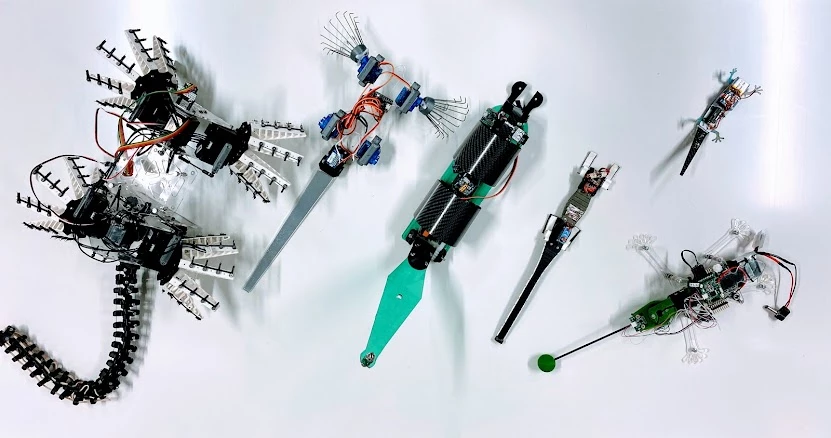According to new atlas, researchers are increasingly finding that by imitating nature, they can develop technologies that can realize functions that were impossible before A new competition encourages this kind of thinking and invites people to come up with ideas about nature inspired robots The winning work will be made into a robot

Recent examples of "bionic" robots include a "[mouse] exploring rubble( https://newatlas.com/robotics/squro-robotic-rat/?itm_source=newatlas&itm_medium=article -"Body", a "[water strider] to clean up the oil spill( https://newatlas.com/environment/neusbot-light-powered-steam-robot-oil-spills/?itm_source=newatlas&itm_medium=article -And a [plant tendril] that grabs delicate objects( https://newatlas.com/robotics/twining-plant-inspired-gripper/?itm_source=newatlas&itm_medium=article -body)。 Organizers of the natural robot competition are looking for more such ideas.
It is important that robots should perform an activity to help the world. Contestants don't have to figure out all the details of how their robot works. They just need to explain what animal or plant it imitates, provide a description of its purpose, and provide its drawings - which don't have to be particularly good.
All entries will be judged by a team of robotics experts who will begin to build a fully functional version of the winning concept. The robot -- along with the name of the person who came up with it -- will be released in July. Its design and code will be open source, so anyone can build it as they see fit.

The team includes Dr. Robert sidall from Surrey University, who created a gecko based climbing robot; Dr. Raphael zufferey from the EPFL Institute in Switzerland helped develop robobee robot bees; Professor Sophie armanini from Munich University of technology, who has built many flapping wing micro air vehicles; Dr. Sina sareh from the Royal Academy of art, who developed an octopus inspired gripper; And Dr Ketao Zhang from Queen Mary University in London, who created a legged robot based on fast running animals.
"Our main goal is to promote interest in biomimetics and give some creativity to people outside the engineering research office," sidall said. "When I visit schools or talk to the public, I often get some great impromptu speeches, so this is an opportunity to take something from the drawing board that may not be made."
Participants of any age or educational background can use the [website] of the competition( https://www.naturalroboticscontest.com/ ) Submit the work.